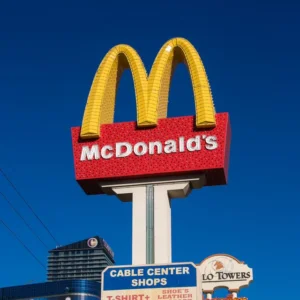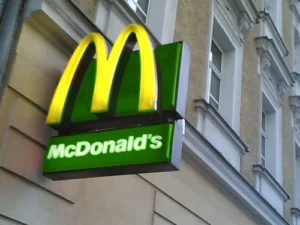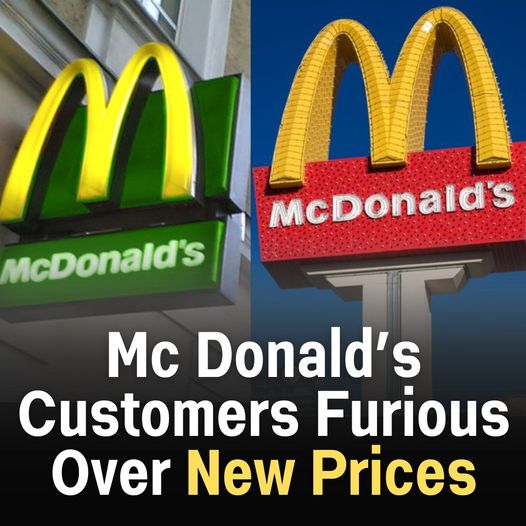Despite widespread public outcry and mounting concerns over the escalating costs of fast food, McDonald’s has reported a significant 14% surge in revenue, reaching a staggering $6.69 billion. This revelation has sparked intense debates among consumers, industry experts, and economists alike.
The catalyst for this discourse was a viral TikTok video posted by Christopher Olive, a prominent influencer with over 400,000 followers. In the video, Olive expressed shock and dismay after being charged a hefty $16 for what he expected to be a standard “happy meal” at McDonald’s. This incident served as a wake-up call for many, prompting a closer examination of the factors driving the surge in prices.

One of the main contributors to the escalating costs is the persistent labor shortages and subsequent wage increases. McDonald’s, like many other businesses, has been grappling with staffing challenges, resulting in higher wages to attract and retain employees. These increased labor costs inevitably translate to higher menu prices for consumers.
Despite facing backlash, McDonald’s has staunchly defended its pricing strategy. The franchise highlights that it continues to offer various deals and discounts through its mobile app, providing consumers with opportunities to save despite the overall uptick in prices. However, for many customers like Anne Arroyo from Ohio, these savings do little to alleviate the frustration over the perceived disparity between the advertised “dollar menu” and the actual prices of menu items.
Arroyo’s sentiments resonate with numerous dissatisfied McDonald’s patrons, fueling accusations of “greedflation.” This term, coined to describe the phenomenon of prices being raised beyond necessary levels, suggests that companies may be exploiting concerns about inflation to maximize profits.

Despite facing criticism and accusations, McDonald’s continues to witness growth in profitability, thanks in part to the higher menu prices. This highlights the enduring demand for McDonald’s products, despite the financial strain it may impose on consumers. It also raises questions about the long-term sustainability of the franchise’s pricing strategy and its implications for both consumers and the broader fast-food industry.


